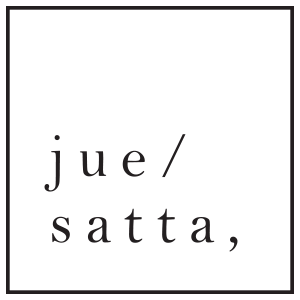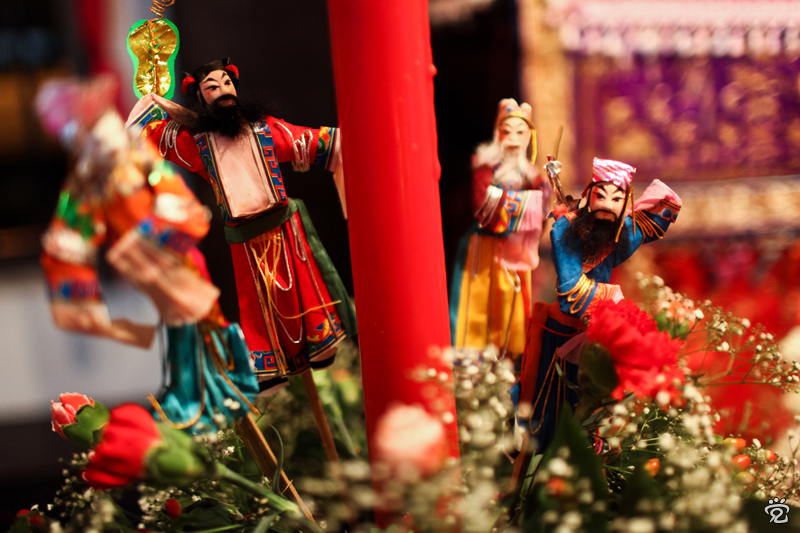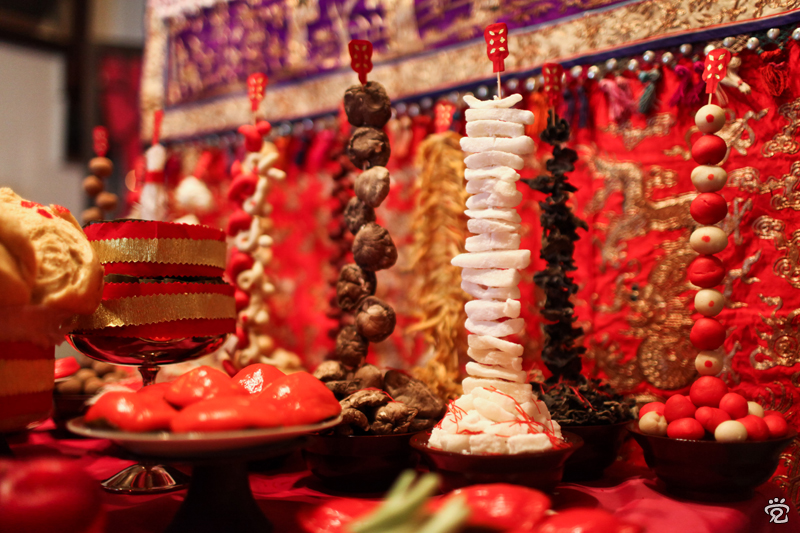Today, the 9th day of Chinese New Year is also the significant day to all Hokkien. It is the Hokkien New Year and yesterday the eve celebration known to the Hokkien as ‘Bai Tian Gong‘ (in Chinese, 拜天宫) was held in many places of Malaysia. Although I am not a Hokkien, I still share the joy and celebrate the festive and last night I was invited to Chris Baba’s place for the celebration.
Copy-and-paste the story behind the festive from the Bai Tian Gong‘s post published two years back:
During a Chinese New year of the Ming Dynasty, there was a bandit raid in the province of Hokkien. These intruders however robbed and burned down villages, attacked and killed the villagers. The people of the villages were in fear and escaped from their burnt villages during the night.
Some of the villagers then hid themselves among the sugarcane fields. Needless to say, those villagers prayed to Heaven God (Tian Gong) for salvation during their hideout. The pursuing intruders spent many days trying to locate and hunt them but to no avail. On the ninth day of that Chinese New Year, they finally gave up and returned to their region.
The Hokkiens then happily emerged from the sugar cane fields, and praising the blessings of the celestial deities and owing gratitude to the sugarcane plants for saving them from destruction. Thus, in all Hokkien celebrations, the sugarcane plant is given prominence.
Realizing that it was also the 9th Day of the Chinese New Year and coincidentally the birthday of Heaven God, they decided to make votive offerings and prayers to the Jade Emperor for their salvation. There are many version of the Hokkiens’ Bai Tian Gong stories. Whichever it is, the hokkiens believe that our life and prosperity are granted by the Heaven God.
On the eve of the 9th day, a pair of sugarcane plants are used by the Hokkiens usually placed one on each side of the offering table or the front door of the house. The pair of the sugarcane symbolises unity, cooperation and strength. The sugarcane itself is a symbol of harmony and a token which can bring good and ‘sweet’ results. The very straightness of the sugarcane stem also ensures that the Hokkiens can become a clan of honest and sincere people.
Chris is from the Baba-Nyonya family, and they always have their unique tradional sets of rites and rituals. Since many of the Baba-Nyonya are Hokkien and worship Ti Gong (天公), the Heaven God, the celebration of Bai Tian Gong to them is a great grant event and loaded with complex ceremonies. It would be difficult to see such a great preparation for celebration nowadays, due to modernization and exposure to western ideas, many of the younger Baba-Nyonya generation prefers to skip some the ceremonies.
Anyway, many of Chris’s relatives and friends gathered at his place for the great celebration. I met Henry my old friend over there. Then I was served with a bowl of delicious Hokkien noodle prepared by Chris’s mom and it was simply awesome! I managed to capture some photos of the little girl of Chris and the settings of Bai Tian Gong.
I didn’t wait for the countdown at Chris’s place but got back home at 11:30 p.m. On the 12:00 midnight, I stood at my house door and observed the Hokkiens ring in the New Year with extravagant firecrackers and fireworks.
Happy Chinese New Year to everyone especially our Hokkien friends. May the year of the dragon be prosperous and happy for everyone!
May all beings be happy.














